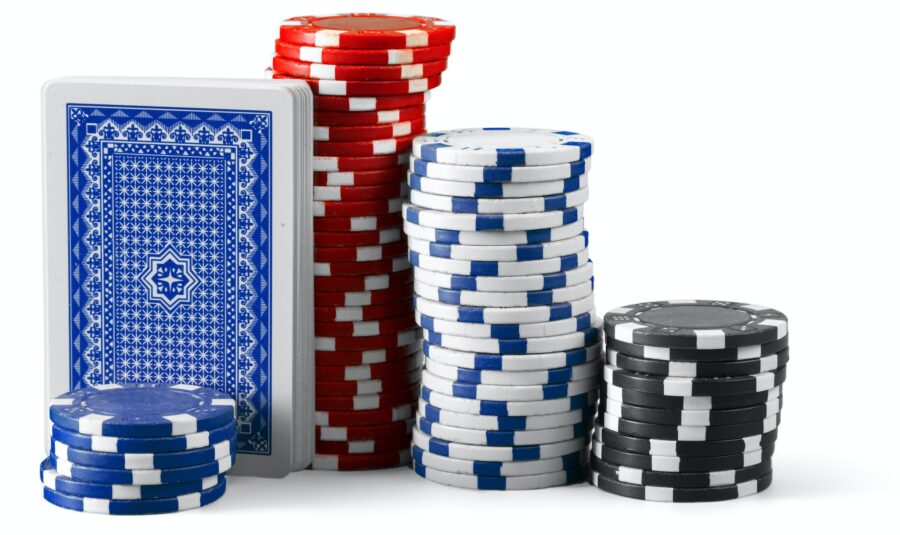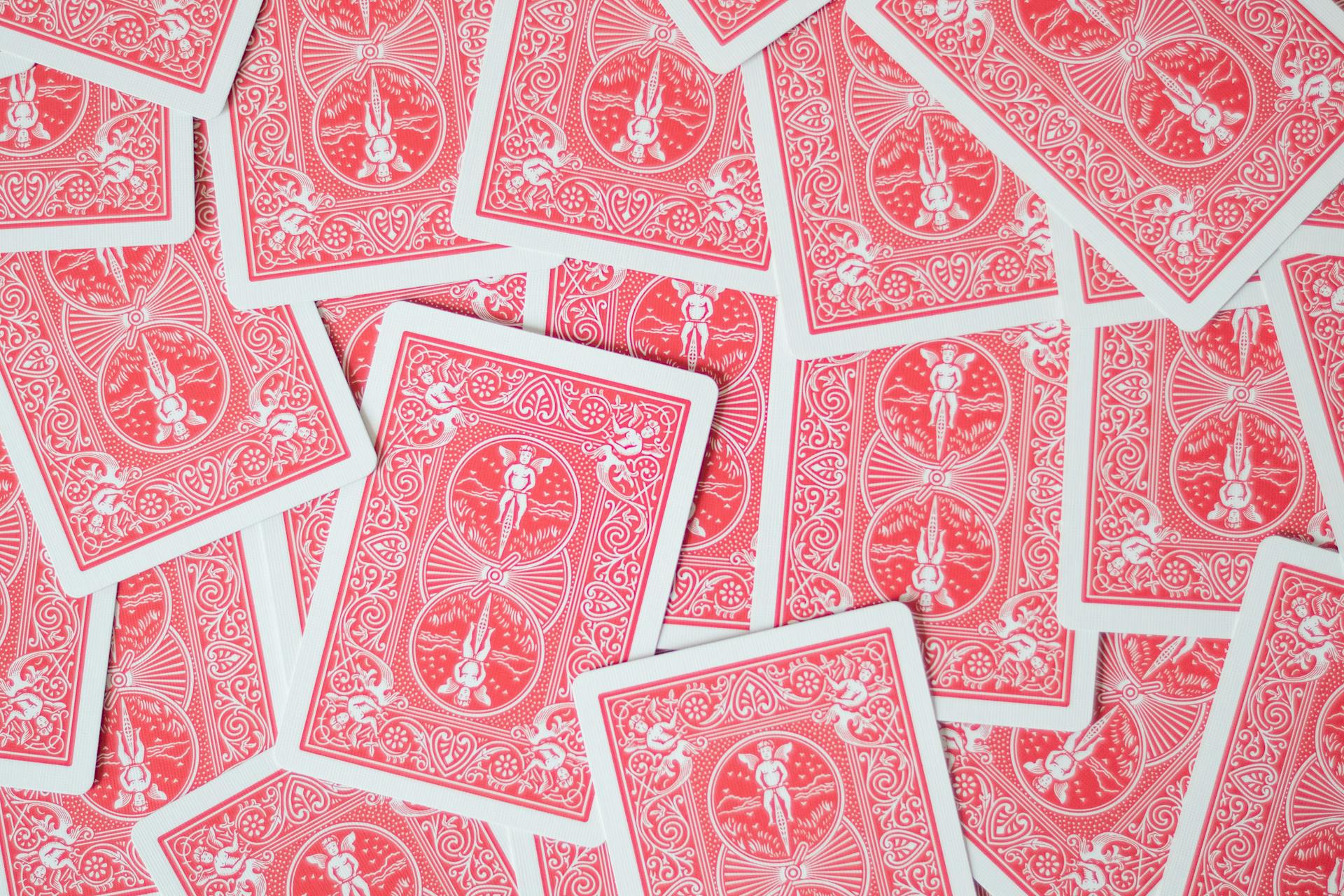Printable Rule Sheet
For your convenience, you can find printable rule sheets online that outline the rules and gameplay of Speed. These sheets serve as handy references, especially for new players, and can help ensure everyone is on the same page regarding the game’s rules and procedures. Printable rule sheets provide a visual and concise summary of the game’s mechanics, making it easier for players to learn and remember the rules.
Playing Regular Speed
Regular Speed follows the standard rules described above, but there are variations and alternative versions of the game that add an extra layer of excitement. Let’s explore some of these variations:
Adding Variations to Speed
Multiple Deck Speed: In this variation, multiple decks of cards are used to increase the number of available cards, adding an extra layer of complexity and strategy to the game. With more cards in play, players have a wider range of options and must adapt their gameplay accordingly. Multiple Deck Speed requires heightened focus and attention to keep track of the larger number of cards in play.
Partner Speed: Partner Speed introduces a team dynamic to the game, allowing players to form partnerships. Two teams of two players each compete against each other. The teammates sit opposite each other, and their stockpiles are adjacent. Communication and coordination between partners are key to success in this variation. Players must strategize together, exchange information about their cards, and work collaboratively to defeat the opposing team.
Time Trial Speed: For those seeking an extra challenge, Time Trial Speed introduces a time limit to each player’s turn. Players must play their card within a specified time frame, usually a few seconds. If they fail to play a card in time, they forfeit their turn. This variation adds a sense of urgency and pressure, requiring players to think quickly and act decisively.
War Speed: War Speed combines elements of the classic card game War with Speed. Players play cards from their stockpile onto the centre piles, following the ascending or descending order. However, if both players simultaneously play cards of the same rank, it triggers a “war.” In a war, each player places three additional cards face-down and then another card face-up. The player with the higher face-up card takes all the cards in the war and adds them to their stockpile. War Speed adds a layer of unpredictability and excitement to the game.
Knockout Speed: Knockout Speed is a variant where players aim to knock out their opponents by forcing them to accumulate penalty cards. Penalty cards are awarded when a player fails to play a card within a predetermined time limit or violates the rules. The player who accumulates the most penalty cards is knocked out of the game, and the remaining players continue until a winner emerges. Knockout Speed adds an extra competitive element and rewards players who can maintain composure under pressure.
| Multiple Deck Speed | Use multiple decks for more cards and added complexity. |
| Partner Speed | Players form teams of two to compete against each other. |
| Time Trial Speed | Players must play a card within a set time limit. |
| War Speed | Includes a “war” where players place three cards face-down and then a face-up card. |
| Knockout Speed | Players accumulate penalty cards for mistakes, and the player with the most penalty cards is knocked out. |
Playing Spit
Spit is a closely related card game to Speed that shares similarities in gameplay. While Speed is played with a standard deck of cards, Spit is typically played with a specialized deck consisting of only the cards from Ace to King. The objective of Spit is to get rid of all the cards in your hand by playing them onto the centre piles. Players need to have quick reflexes and keen observation skills to outmatch their opponents in this fast-paced game.



